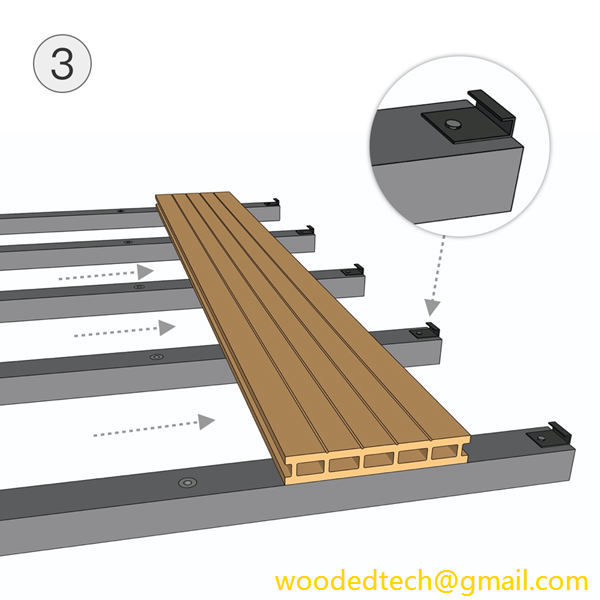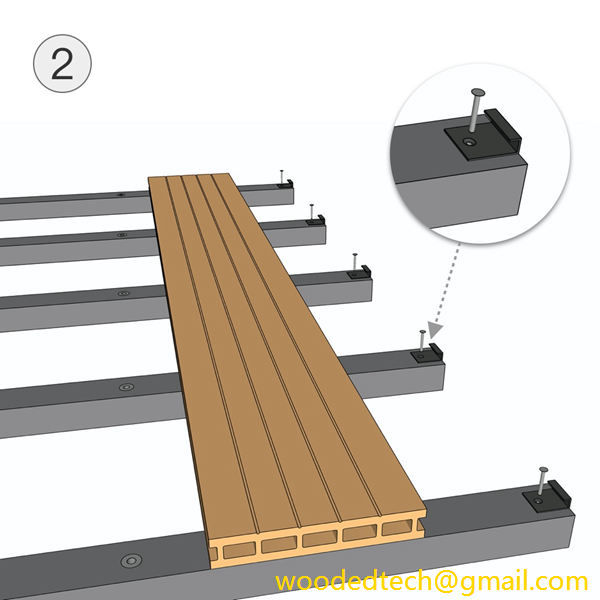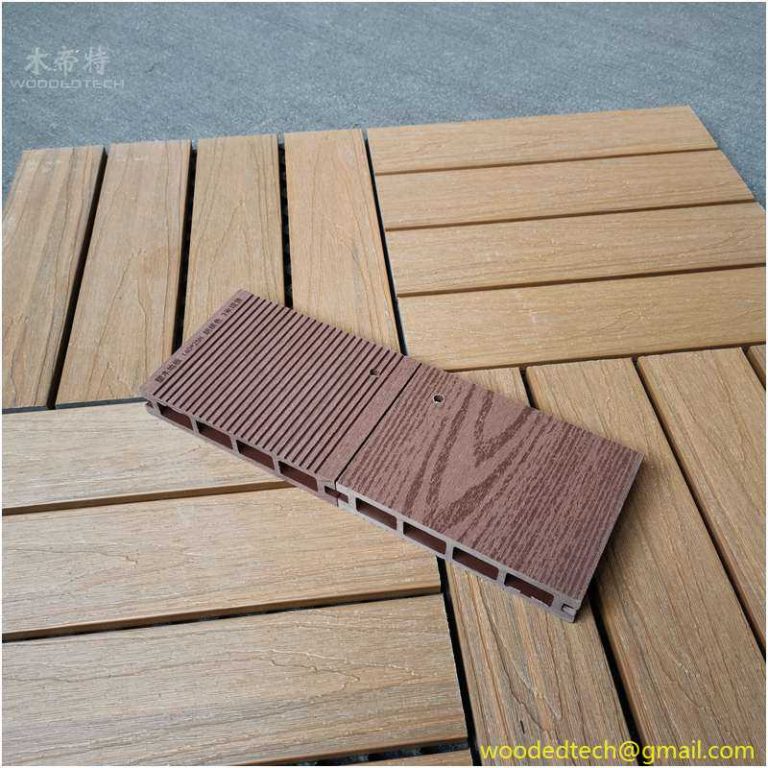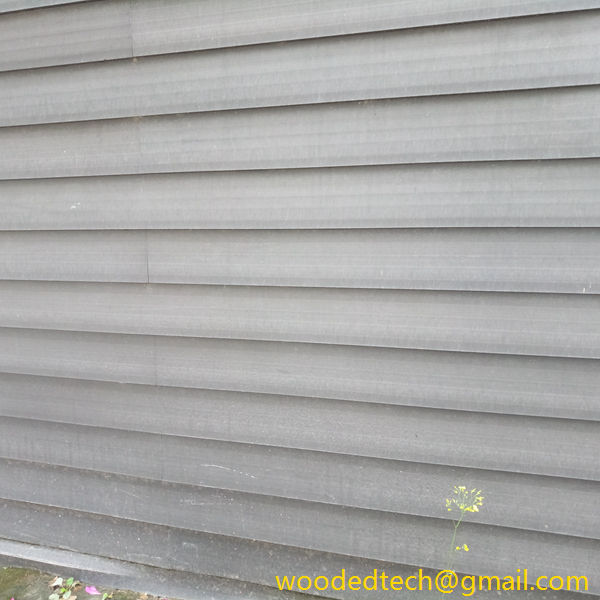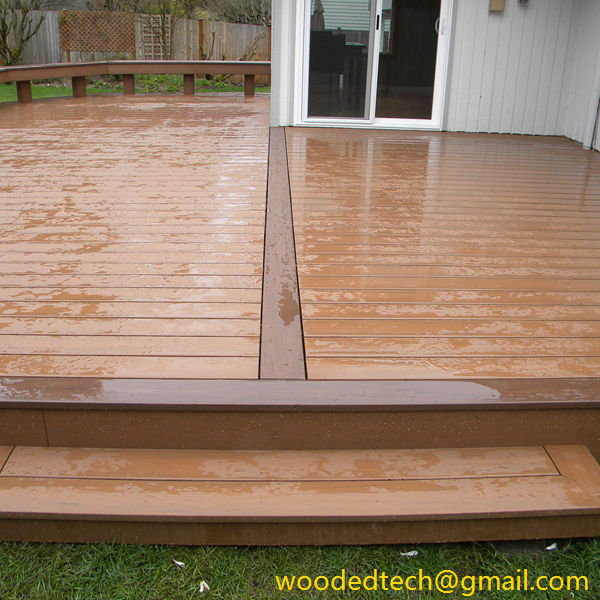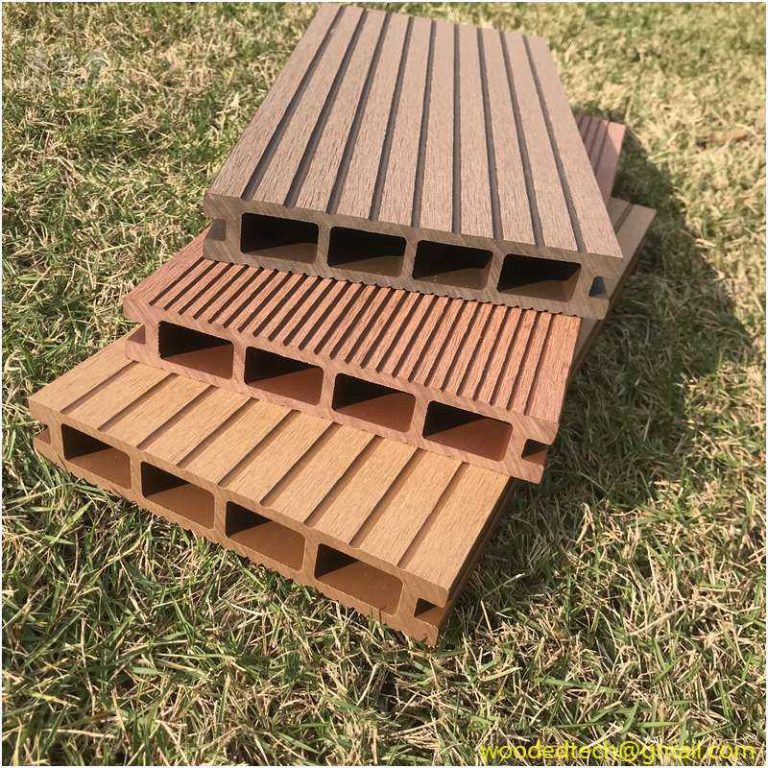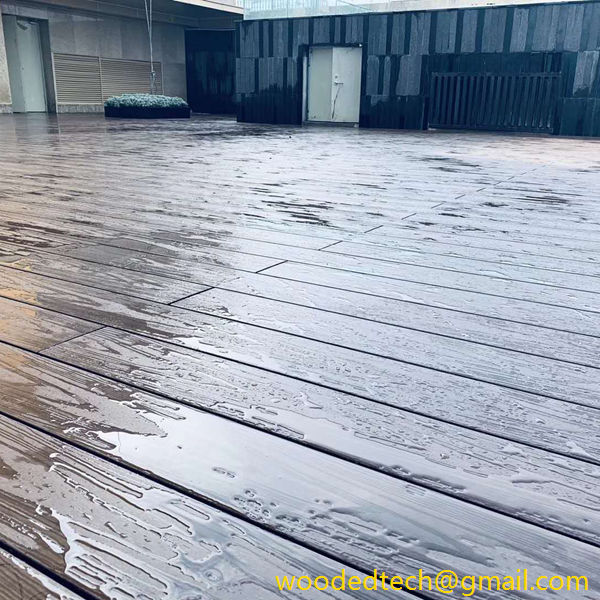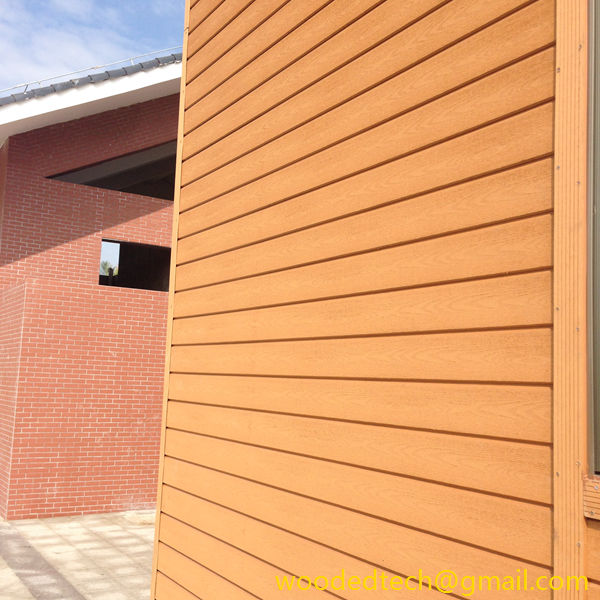Spacing for Composite Decking: Guidelines for Proper Spacing in Composite Decking
Spacing for Composite Decking: Guidelines for Proper Spacing in Composite Decking When it comes to installing composite decking, one of the most crucial aspects to consider is the spacing between the boards. Proper spacing not only enhances the aesthetic appeal of the deck but also plays a significant role in its longevity and maintenance. Understanding…
Spacing for Composite Decking: Guidelines for Proper Spacing in Composite Decking
When it comes to installing composite decking, one of the most crucial aspects to consider is the spacing between the boards. Proper spacing not only enhances the aesthetic appeal of the deck but also plays a significant role in its longevity and maintenance. Understanding the guidelines for spacing in composite decking can help ensure a durable and visually pleasing outdoor space that requires minimal maintenance in the years to come.
Composite decking is made from a blend of wood fibers and plastic, which gives it the appearance of wood without the same level of upkeep. Unlike traditional wood decking, composite materials are resistant to rot, warping, and insect damage. However, to maximize the benefits of composite decking, it is essential to follow proper installation guidelines, particularly when it comes to spacing.
One of the first considerations in spacing is the need for expansion and contraction. Composite decking materials are designed to withstand various weather conditions, but they still expand and contract with temperature changes. For this reason, it is crucial to leave adequate space between the boards to accommodate this natural movement. Typically, a gap of around 1/8 inch to 1/4 inch between the boards is recommended. This spacing allows the boards to expand and contract without causing buckling or warping, which can lead to further maintenance issues down the line.
Additionally, spacing is important for drainage. Composite decking is designed to shed water efficiently, reducing the risk of mold and mildew growth. If the boards are spaced too closely together, water may become trapped between them, creating a moist environment that promotes the growth of fungi and algae. Proper spacing ensures that water can flow freely off the deck, thereby reducing the likelihood of slippery surfaces and potential safety hazards.
Another factor to consider is airflow. Adequate spacing allows for better airflow beneath the deck, which is essential for preventing moisture buildup. When moisture accumulates under the deck, it can lead to structural damage over time. By ensuring that there is sufficient space between the boards, you promote ventilation and help maintain a dry environment, further extending the lifespan of your decking.
When it comes to the specific guidelines for spacing, it is essential to consult the manufacturer’s recommendations. Different brands of composite decking may have varying specifications, and adhering to these guidelines is crucial for maintaining any warranties associated with the product. Most manufacturers provide detailed instructions regarding the appropriate spacing for their products, taking into account factors such as board width and environmental conditions.
In addition to spacing between the boards, it is also essential to consider the spacing between the deck and any surrounding structures, such as walls or railings. A gap of at least 1 inch is typically recommended between the deck and any vertical surfaces. This spacing allows for airflow and drainage and helps prevent moisture from being trapped against the deck, which could lead to damage over time.
In some cases, homeowners may choose to use hidden fasteners for their composite decking installation. These fasteners can create a clean, seamless look, but they also require careful attention to spacing. When using hidden fasteners, it is essential to follow the manufacturer’s instructions for spacing to ensure that the boards are securely attached while still allowing for the necessary expansion and contraction.
Once the decking is installed, regular maintenance is key to keeping it looking its best and ensuring its longevity. Although composite decking is marketed as maintenance-free, this does not mean that it is entirely maintenance-free. Regular cleaning is essential to remove dirt, debris, and organic matter that can accumulate on the surface. A simple wash with soap and water is often sufficient to keep your deck in pristine condition. Additionally, periodic inspections for any signs of wear or damage can help catch potential issues early, allowing for easy repairs and prolonging the life of the deck.
In conclusion, proper spacing in composite decking installation is critical for ensuring durability, aesthetic appeal, and minimal maintenance in the long term. By adhering to the recommended guidelines for spacing between boards and between the deck and surrounding structures, homeowners can create a beautiful outdoor space that stands the test of time. Composite decking offers many advantages over traditional wood, but it is essential to follow best practices during installation to fully realize these benefits. With proper care and attention to spacing, your composite deck can provide a maintenance-free outdoor oasis for years to come.

